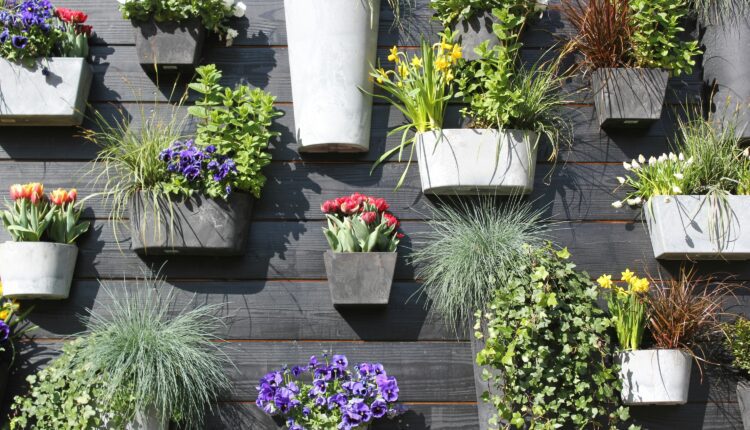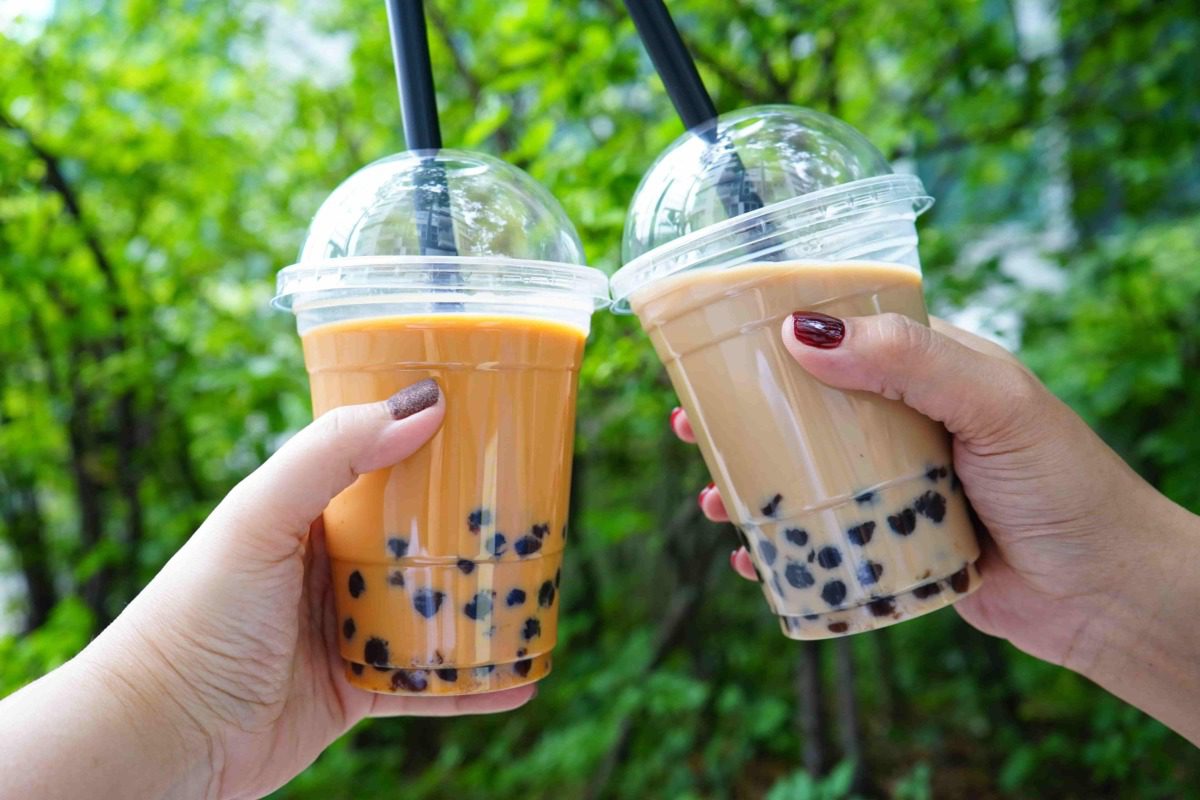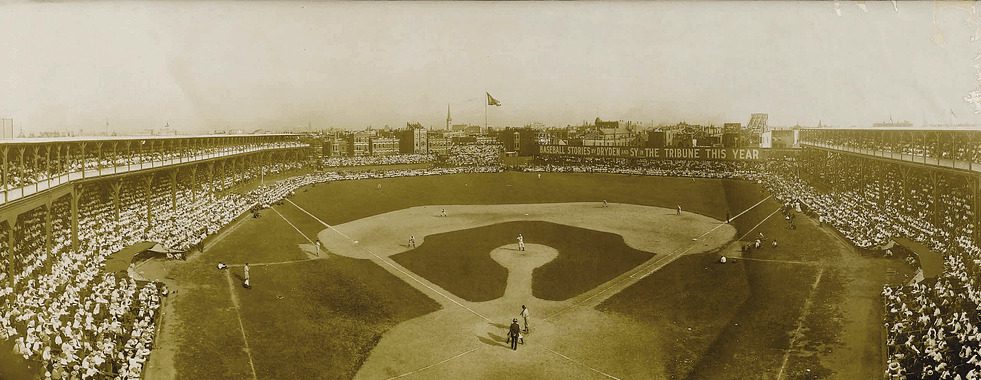
An outdoor container garden on a fence. (Lina Simonian/Unsplash)
Container gardening is beneficial for smaller spaces and offers more flexibility in growing plants. Here’s everything Texans need to know about the hobby.
Container gardening is a popular activity for novice and expert gardeners alike. These mobile vessels allow creativity in growing plants and livening up your home.
However, the idea of container gardening may also feel overwhelming. What should you plant? Where should you put your containers? How do you contain everything?
Don’t worry—we’ve got our gardening gloves and pruning shears and are ready to help. Check out our guide to container gardening in Texas.
What is container gardening?
As the name suggests, container gardening is the act of growing plants in a container instead of directly in the ground. The container could be a pot, a planter, a raised wooden or metal bed, or anything that can sustain the growth of a plant. You can get creative with your containers—wine crates and barrels, bike baskets, wheelbarrows, and even tree stumps are all suitable.
Container gardening is especially practical when you have a smaller space, such as a townhouse, apartment, or home with a tiny yard. These plants can be moved around easily and don’t take up as much room as a traditional garden.
You’ll also likely save on your budget because you can reuse old containers as planters. And, of course, giving those containers a second life is good for the planet. Birds, bugs, and other vital critters can gain nutrients from certain plants and soil, so containers give them a nice place to sustain.
What do you need for container gardening in Texas?
Container gardening is great because you don’t need much equipment to start. You’ll need the titular container, naturally. Once you decide on a plant, you’ll either buy seeds or purchase a young or fully grown plant. You’ll also need soil for your plant to grow in.
A good rule of (green) thumb is to choose a container that’s a little bit larger than the plant’s roots. While potting soil—which is full of plant-healthy materials like peat moss, bark, and sand—should work for most plants, check your plant’s instructions to see if there’s a better option.

Container gardening indoors. (Getty Images/Unsplash)
Many plants require extra care, so you’ll also need fertilizer, which offers essential nutrients to plants. It’s often the simplest way to enable a container plant’s growth. Additionally, Bio-tone Plant Starter helps deliver hearty food to most plants. Depending on your container, you’ll need to drill holes so water can drain and the plant can flourish. Alternatively, if you purchase a container, make sure it already has holes drilled into it, or use a planter that does to put inside the container.
If the container is somewhere you don’t want to get too damp, adding a second container underneath (such as a tub or another pot) will collect the extra water. You can then empty that collection container as it gets full.
Plants also require regular watering, though be careful not to do too much. Overwatering is one of the top reasons plants wither and decay. You don’t need to water again if the soil is still moist. This tool can help you check the moisture level, and I also recommend a watering can with a long spout to ensure those tougher-to-reach places of the soil are getting the water they need. Plants sometimes become unruly, and we’re trying not to jettison through leaves like Tarzan simply to keep them healthy. On that note, pruning shears are useful if your plant’s growth seems too out of control.
What’s best to plant in your container garden?
Not sure where to start with your container garden? Whether you’re looking for cooking or snacking assistance or want to zhuzh up your space with some decorative plants, you have plenty of viable options.
Herbs and fruit
Several herbs and fruits can withstand the intense Texas summer heat; some plants even thrive in it. Here are a few to start with:
- Basil: Basil is an excellent choice for containers that receive frequent sun. Lemon basil is perhaps the easiest to grow in containers, though sweet and Thai basil are also strong selections. Basil is best grown between mid-March and mid-September when it’s the hottest in Texas.
- Blueberries: Blueberries are easy to grow in containers, though they do require some patience. They typically take a couple of years to go from seedlings to sprouting edible fruit, but once they do, you’ll experience a bounty of tasty fruit. Plant your blueberry bush in the spring or later in the fall.
- Sage: Sage is a hardy perennial, so it can do well indoors or outdoors. Some sage types are even drought-resistant. They’ll still be okay if you forget to water them for a bit or go on vacation. Add sage to your tea or cooking for extra flavor—and antioxidants!
- Rosemary: If you lived somewhere like Italy or Greece, where rosemary was plentiful, you could just walk down the street, and the herb would probably fall into your arms. In Texas, we have to grow our own. Luckily, rosemary is a fairly simple plant; the biggest key is using a well-draining soil mix.

Planting basil in a container. (Getty Images/Unsplash)
Flowers and decorative plants
Container gardening enthusiasts have an even wider variety of options for flowers and decorative plants. Below are a few of our favorites:
- Lantana: Lantana is native to Texas and also has the added benefit of providing food and shelter for bees, birds, and butterflies. Some people even consider lantana a weed because of how pesky it is, but the bright orange and yellow colors are a cool reward for minimal effort. Make sure to water when the top inch or two of the soil feels dry, and use regular fertilizing (about once a month).
- Globe Amaranth: These annuals love the heat and thrive in bright sun, so they’re perfect for Texas. There are different colors and heights, which means you can plant a few different containers and feel like you’re growing a rainbow inside your home. Amaranths take soil with good drainage.
- Elephant Ears: These plants are best grown in hanging containers because they provide tremendous shade. Elephant ears appreciate fertile, medium-to-wet soils and partial sun. They’re very identifiable and introduce plenty of personality to your space. It’s optional to let out an elephant roar while tending to them.
- Creeping Jenny: Does this plant have one of the best names around? Absolutely. Does it evoke Jenny Slate and Ben Schwartz doing the “Don’t Be Suspicious” song from “Parks and Recreation?” Also, yes! Creeping Jennies get their name because they “creep” out of a bed or pot, extending about 6-12 inches. They’re great to pair with taller-growing plants, adding an accent of color.

A giant swallowtail butterfly on a lantana plant. (Joshua J. Cotten/Unsplash)
When and where should you plant your containers?
Container gardening can be a year-round activity with certain plants, though if they’re outdoor annuals and perennials, they’ll freeze and die off during the winter. In the case of perennials, they’ll grow again in the spring.
In Texas, peak growing times range from spring (after the last winter frost) through early to mid-fall. We humans may wilt in the heat, but many plants can survive just fine. Depending on the types of plants you get for your container garden, you may need to transport them around the yard or inside so they get the nutrients they need and avoid harm like frost or too much heat.
For indoor plants, you’ll want to find a good spot for a plant to hang out. Near windows, especially if they don’t face north, will give your plants a good dose of sunlight without overcooking. A rolling plant stand can also help with mobility.
While an outdoor plant will benefit from a spring or summer planting, indoor ones generally have more flexibility. Make sure you understand the care instructions of your particular plant and remember that plants are like people. You can have two that seem very similar but react differently to the same care.
Container gardening is a wonderful opportunity to spruce up your living space and enjoy all the benefits plants bring. Now, let’s get to work!
This article first appeared on Good Info News Wire and is republished here under a Creative Commons license.











